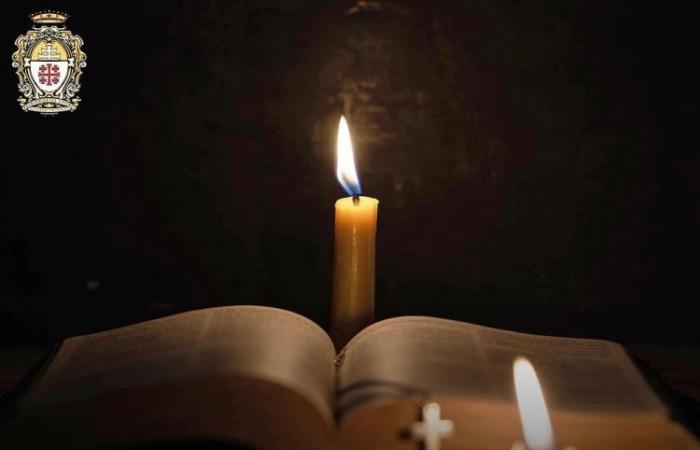
The first mention of a mass for the deceased dates back to the 7th century, when Saint Isidore of Seville (d. 631) proposed a mass for departed souls on the Monday following Pentecost. This practice probably comes from the feast of All Saints, celebrated in the West on the Sunday following Pentecost, drawing inspiration from Greek traditions. Historically, prayers for the deceased were common after major celebrations like Epiphany and Pentecost or on the feast day of the patron saint of the church.
Saint Odilon, abbot of Cluny (904-1048), was undoubtedly the first to designate November 2 as a day of commemoration of the faithful departed. According to his biographer, the origin of this celebration lies in the story of a man who, caught in a storm at sea, found refuge on an island, with a holy hermit. The hermit revealed to him that the prayers and alms of the faithful, in particular from the monks of Cluny, freed souls from purgatory. Returning to Cluny, the man shared this experience with Saint Odilo. The latter then established an annual day of prayer for the dead, the day after All Saints’ Day, thus completing this celebration with a memorial for the deceased.
In the late 15th century, a Dominican monastery in Aragon, Spain, began holding three masses for the deceased, similar to Christmas traditions. This practice was officially approved by Pope Benedict XV in 1919, after the devastation of World War I, which left millions dead.
Subsequently, it became customary to celebrate masses for the deceased every month and then every week. The Rubric of the old Missal advises celebrating Masses for the deceased on the first available day of the month when no saint is commemorated, except during the high liturgical seasons (Advent, Lent and Easter).
Monday was chosen as the weekly day of commemoration of the deceased due to a medieval belief that links it to Sunday. It was believed that all souls, in hell or purgatory, benefited from a reprieve from suffering from Saturday evening to Monday morning. This unfounded belief highlights the love and compassion inherent in Monday masses for suffering souls.
Why masses for the deceased
The General Provisions of the Missal affirm that “The Church offers the Eucharistic sacrifice of Christ’s Passover for the deceased so that, because of the communion which unites all the members of Christ, the spiritual help obtained for some may bring to others the consolation of hope”. (379) In the liturgical calendar, the commemoration of all the faithful departed is recognized in the same way as the celebrations of Christ, the Virgin Mary and the major saints. It is the only designated feast as a “remembrance” that can replace Sunday if November 2 falls on that day, although the Liturgy of the Hours continues as scheduled on Sunday.
On this day, priests are authorized to celebrate three masses, each with distinct intentions: the first for the souls of the deceased, the second for the souls of the poor, and the third for the pope. Each Mass includes a prayer inspired by the resurrection of Christ, asking that the deceased attain eternal life with Him.
Praying for the deceased invites us to reflect not only on their lives, but also on our own imprint; will we be remembered in prayer after we die? Purgatory is considered an intermediate state between earthly life and eternal life in heaven, where divine mercy is at work – a crucial theological phase that we all encounter after death.
Finally, prayer for the deceased is an important aspect of the faith, part of the “Communion of Saints” mentioned in the Credo.





